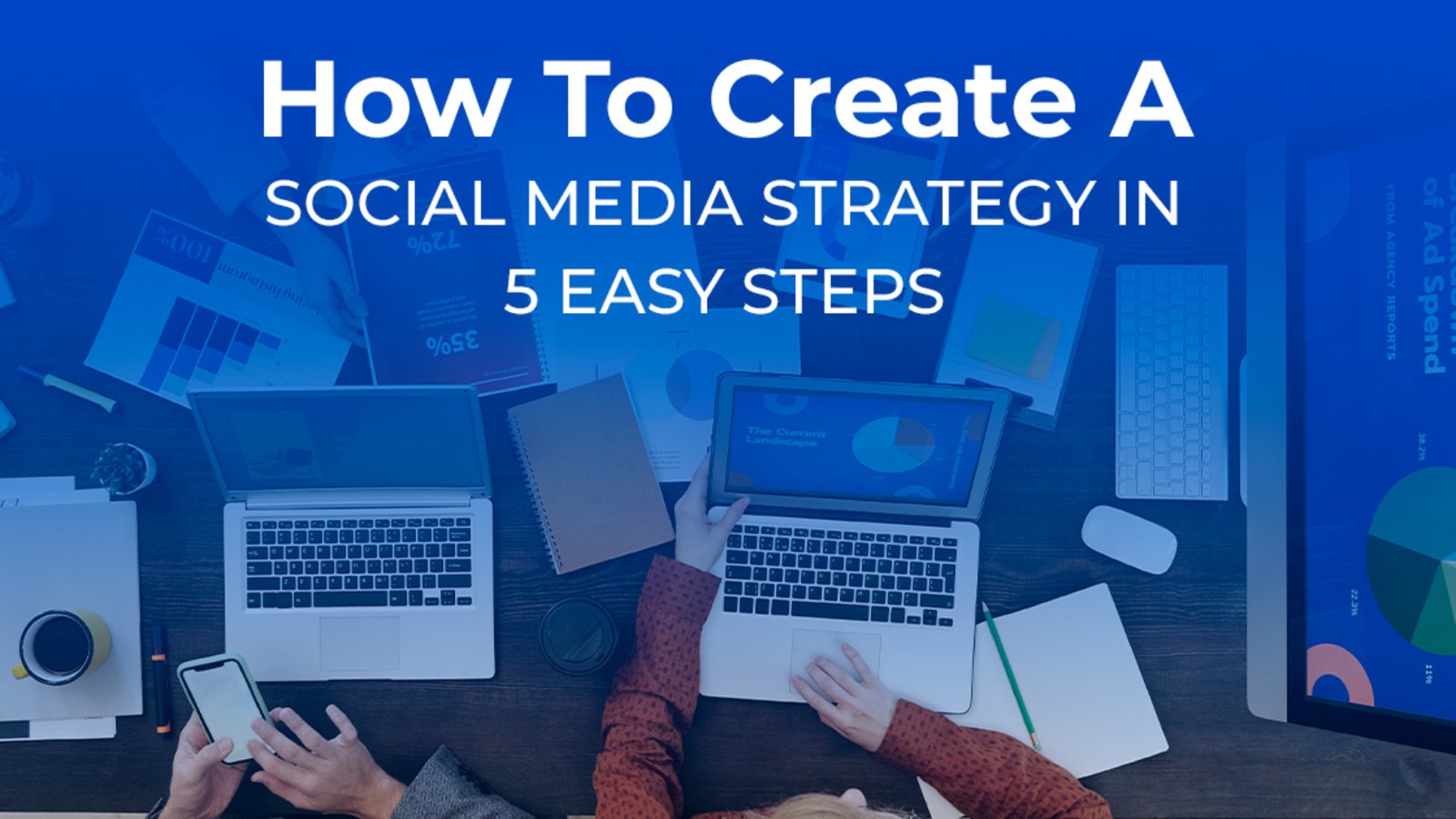Every business dreams of having a website that loads quickly, looks great, generates a lot of sales, and provides overall customer satisfaction. E-commerce accounted for nearly 19 percent of global retail sales in 2021, and that figure is expected to rise in the coming years. If you want to get in on the ecommerce action, make sure your website has the following ecommerce necessities. You can also use this as a checklist to create the ideal ecommerce website.
- Convenient Navigation
The key to assisting customers in quickly finding the products they require is to provide a user-friendly navigation system. Products should be categorized logically, with the most popular categories listed first. Some people look for products by brand, while others look for products by category. Their navigation bar reflects this organization, with quick links to low-cost and sale items. Create an easy-to-understand customer journey where they can navigate between different product categories and website sections and complete the desired journeys to avoid customer bounce. A simple burger menu, a well-designed header, clear and effective CTA buttons, and a comprehensive footer with the site map keep the customer on your website. - Design that is mobile-friendly
Did you know that mobile devices now account for more than half of all website traffic, and that 61% of consumers are more likely to purchase from mobile-friendly websites? Making your ecommerce website mobile-friendly can therefore increase both traffic and conversions! Use responsive web design, which is best practice for ecommerce web design, to make your site mobile-friendly. Responsive websites adjust to the size of the screen on which they are viewed, ensuring that your site looks great and functions properly on laptops, tablets, and smartphones. - Noticeable shopping cart and checkout buttons
Cart and checkout features that are simple to use are essential for ecommerce websites. Make sure your ‘add to cart’ and ‘check out’ buttons are prominently displayed on your site to encourage conversions. Show the user all relevant details, such as the name, price, and quantity of each product in their cart, when they click into their cart.
Customers should also be able to remove or change items directly from their shopping cart. Allow customers to save their carts so they can return to them later. - Frequently Asked Questions
To create a comprehensive purchase experience and keep customers from leaving the website in search of answers, brands must create an easy-to-find and even easier-to-navigate FAQ section. This can be used to provide critical information as well as to answer the most frequently asked questions about their products or services by potential customers. Here’s a detailed look at the why, when, and where of FAQs, as well as FAQ templates to help you create your own.
When you’re first creating your FAQ page, think about questions users might have, questions you
frequently get, and whether there’s anything you want users to know that would fit well on the FAQ page. Later, if you discover that customers frequently ask a question that isn’t already on your FAQ page, include it. - Various Payment Options
With the rising costs of customer acquisition, it appears that losing a sale because a customer forgot a CVV or because one bank’s server was down is a business crime. According to an Axtrics article, having multiple popular payment options on your website can help increase sales by up to 71%. Allowing as many popular payment methods as possible improves the experience of your customers and may encourage conversions.
Consider accepting payment methods such as PayPal and Apple Pay in addition to major credit cards. Display payment method icons on your website so that customers know what payment methods they can use to purchase your products.
And these are just a few of the requirements for a visually appealing ecommerce website. And we know there is a lot of work to be done that requires a lot of expertise knowledge. That is why One Day digital will be useful. We offer quick and one-of-a-kind services that include all of the necessary as well as optional features and options when developing your ecommerce website, resulting in a lower audience bounce rate and increased sales. And all of this comes for only LKR 35,000. Choose your package quickly and get a one-of-a-kind ecommerce website today











